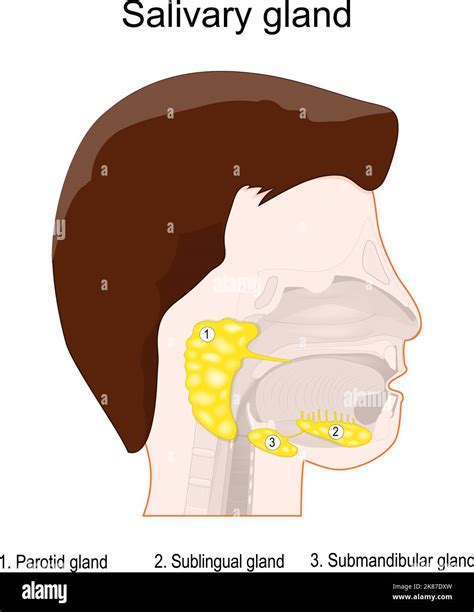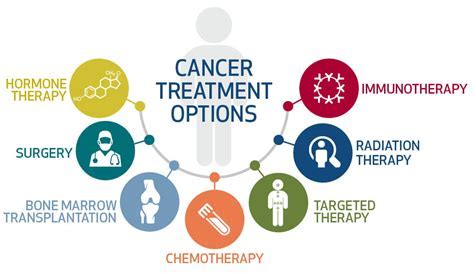Intro
Discover causes and treatments for swollen spit glands, including parotid gland swelling, salivary gland stones, and sialadenitis, to alleviate painful symptoms and promote oral health.
The human body is a complex and fascinating system, with many different parts working together to maintain overall health and function. One of the often-overlooked but incredibly important systems is the salivary gland system, which is responsible for producing saliva to help break down food and keep the mouth moist. However, sometimes these glands can become swollen, leading to discomfort and pain. Swollen spit glands, also known as swollen salivary glands, can be a frustrating and worrying condition, but understanding the causes, symptoms, and treatment options can help individuals take control of their health.
Swollen spit glands can be caused by a variety of factors, including infection, blockages, and inflammation. In some cases, the swelling may be a symptom of a larger issue, such as a viral or bacterial infection. For example, the mumps virus can cause the salivary glands to become swollen and painful, while a bacterial infection can cause the glands to become inflamed and tender. In other cases, the swelling may be caused by a blockage in the gland or duct, which can be due to a variety of factors, including stones, tumors, or other obstructions.
The symptoms of swollen spit glands can vary depending on the underlying cause, but common symptoms include pain, swelling, and tenderness in the affected area. In some cases, the swelling may be accompanied by fever, chills, and other flu-like symptoms, particularly if the cause is an infection. In addition to these symptoms, individuals with swollen spit glands may also experience difficulty swallowing, speaking, or eating, as the swelling can put pressure on the surrounding tissues and nerves.
Understanding Salivary Gland Anatomy

Types of Salivary Glands
There are three main types of salivary glands: the parotid glands, the submandibular glands, and the sublingual glands. Each gland has a unique structure and function, and understanding these differences can help individuals understand the causes and symptoms of swollen spit glands. For example, the parotid glands are the largest glands and produce the most saliva, while the submandibular glands produce a thicker, more mucous-like saliva.Causes of Swollen Spit Glands

Infections and Blockages
Infections and blockages are two of the most common causes of swollen spit glands. Infections can be caused by a variety of factors, including viruses and bacteria, and can range from mild to severe. Blockages, on the other hand, can be caused by a variety of factors, including stones, tumors, and other obstructions. In some cases, the blockage may be caused by a narrowing of the duct, which can be due to inflammation or scarring.Treatment Options for Swollen Spit Glands

Home Remedies and Self-Care
In addition to medical treatment, there are several home remedies and self-care strategies that can help alleviate the symptoms of swollen spit glands. These may include applying warm compresses to the affected area, drinking plenty of fluids to stay hydrated, and avoiding spicy or acidic foods that can irritate the glands. Additionally, individuals can try massaging the affected area to help stimulate blood flow and reduce swelling.Prevention and Maintenance

Diet and Nutrition
A healthy diet and proper nutrition can also play a role in preventing and maintaining healthy salivary glands. Individuals can try to include foods that are rich in antioxidants and anti-inflammatory compounds, such as fruits, vegetables, and whole grains. Additionally, staying hydrated by drinking plenty of water can help keep the glands functioning properly and reduce the risk of swelling.Conclusion and Next Steps

What are the common causes of swollen spit glands?
+Swollen spit glands can be caused by a variety of factors, including infections, blockages, and inflammation. In some cases, the swelling may be caused by a viral or bacterial infection, while in other cases, it may be caused by a blockage in the gland or duct.
How can I prevent swollen spit glands?
+Practicing good oral hygiene, such as brushing and flossing regularly, and avoiding foods and substances that can irritate the glands can help prevent swollen spit glands. Additionally, staying hydrated by drinking plenty of water can help keep the glands functioning properly and reduce the risk of swelling.
What are the treatment options for swollen spit glands?
+The treatment options for swollen spit glands will depend on the underlying cause of the swelling. In some cases, the swelling may resolve on its own with rest, hydration, and over-the-counter pain medications. In other cases, more aggressive treatment may be necessary, such as antibiotics or surgical intervention.
